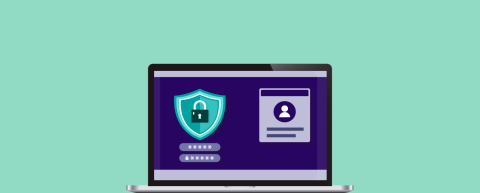Managed WAF: A Must-Have to Stop Website Attacks
Web applications are crucial for business growth but are often targeted by cyber attackers. In 2023 alone, over 6.8 billion attacks were blocked across 1400 web applications, underscoring the growing threat. One mitigation measure to shield your business’s critical websites and applications is blocking malicious traffic with a WAF or a WAAP, as what the category is called now. Deploying Cloud WAF is just the beginning. To achieve top-notch security, a managed solution is essential.











